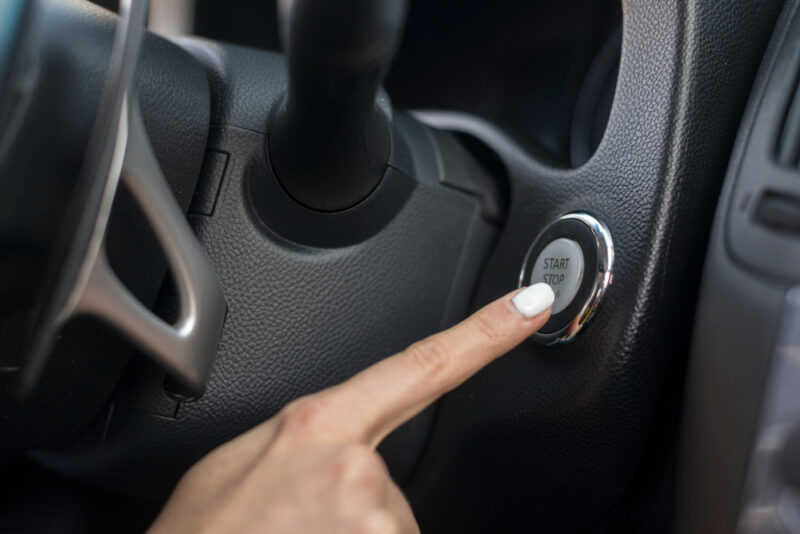Few events are more frustrating than getting into your car and finding that it won’t start. There are many possible causes for a starter not working, such as a dead battery, a corroded battery, buildup around cable ends, a faulty starter, a faulty alternator, a broken flywheel and many more. How can you find the root of the problem and keep a cool head in the process? Follow this easy troubleshooting guide.
Check the Battery for Charge
The most common cause of a car that won’t start is a dead battery. Over time, batteries degrade until they can no longer hold a charge. A jump start won’t help in these cases.
To quickly check if your battery has a charge, turn the headlights on while the car isn’t running. Bright headlights are a sure sign that your battery has a charge and the problem is elsewhere.
Inspect the Battery for Signs of Corrosion
Car batteries are boxes full of chemicals that react to create electricity. These chemicals can leak out over time, reacting with the air and causing corrosion buildup that blocks battery ports.
Corrosion looks like a layer of white, brown or green flaky gunk around the ends of cables. You can easily wipe away corrosion with gloves, a small wire brush, a rag and a paste of baking soda and water. Removing corrosion can restore the connection between the battery and your starter.
Inspect the Battery for Signs of Sulfation
If the gunk around your battery ports is grey, that’s a sign of sulfation, not corrosion. Batteries that sit uncharged for too long develop lead sulfur crystals around the ports as the chemicals inside degrade past a useful point. This likely means the battery is shot.
Listen to the Starter
The noise a starter makes can tell you if it’s the root of the problem. A starter that clicks or winds up slowly is usually failing. No noise means either the starter or the battery is dead.
If the starter rotates freely but doesn’t engage the engine, the issue is likely elsewhere. A check engine light on points to deeper engine issues as well.
Check the Solenoid Cable
The solenoid cable attaches the starter to the transmission. A rusted or damaged cable will cause your car not to start even if the battery and starter are perfectly functional.
Inspect the Engine’s Flywheel
The flywheel is the gear that cranks your engine, and a flywheel with missing teeth won’t engage. To check the flywheel, remove the electric motor and put the car in neutral. Rotating the crankshaft will reveal the flywheel so you can check it for damage.
Tap on the Starter
Starters can develop dead zones over time. One old trick for bypassing dead zones is to tap a faulty starter very lightly with a hammer. This shifts the wiring inside and can bring an old starter back to life.
Consult the Vehicle’s Manual for Specifics
A bad starter causes a lot of stress, so look at the vehicle manual for help scoping out the problem. A VIN lookup can tell you which replacement parts fit your specific vehicle.
Preparation is key to vehicle maintenance. Listen and watch for signs of a bad starter regularly, including engine lights, clicking and slow crank speeds.










